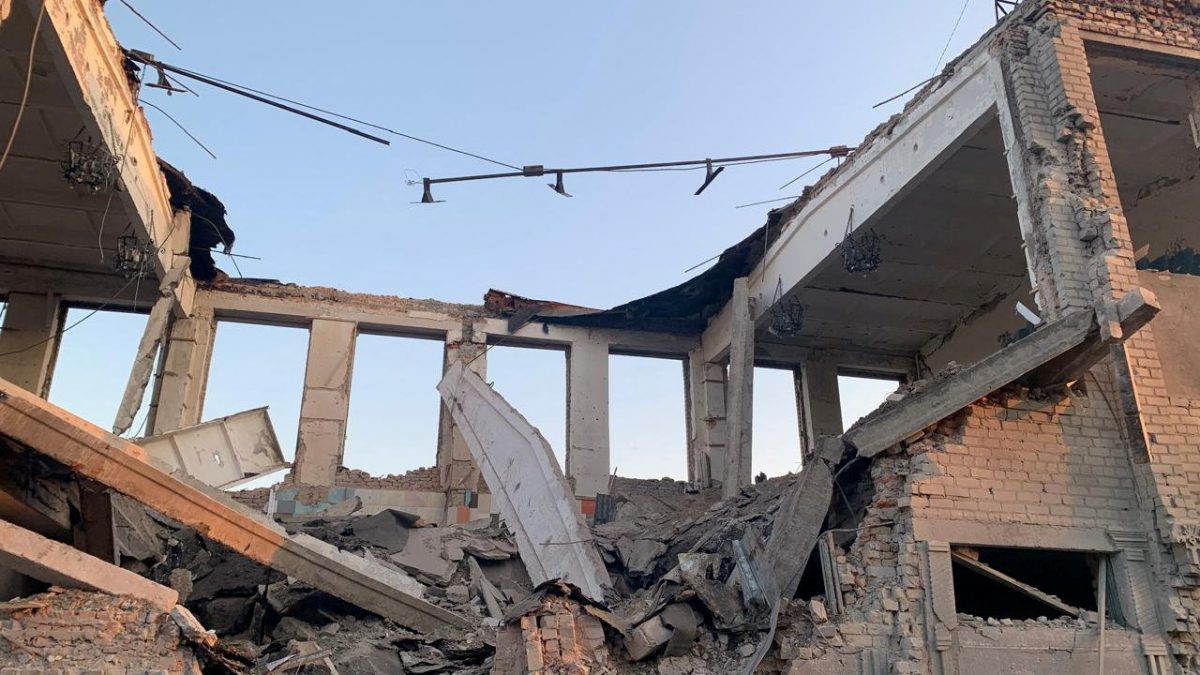On July 28, news broke that Russia had attacked a prison in the Zaporizhzhia region. This left 22 dead and over 40 injured. The Zaporizhzhia region is one of conflict, located in southeastern Ukraine and has been the victim of frequent targeting by Russian forces since the onset of the war in 2022.
Four guarded aerial bombs hit the Bilenkivska Correctional Colony destroying the dining hall as well as damaging the administrative and quarantine buildings. Zaporizhzhia governor Ivan Fedorov also stated that neighbouring private residences and homes were destroyed.
A month ago, on June 23, Israel attacked the Iranian Evin Prison in northern Tehran. According to Iranian authorities, at least 80 civilians were killed in the attack and consequently labelled it a “war crime.”
History of prisons under siege
From Operation Jericho during the Second World War to the Son Tay Raid during the Vietnam War to the most recent Russian attack on the Zaporizhzhia prison, prison attacks during times of war is not an unseen phenomenon. They are often strategic moves — calculated risks. Intentional brush strokes in the art of war.
Operation Jericho was an Allied operation, primarily led by the British Royal Air Force, in 1944. Its aim was to free political prisoners and French resistance fighters imprisoned in the Amiens Prison in Nazi-occupied France. Through the use of 18 Mosquito fighter-bombers from the RAF’s No.14 wing as well as Typhoon fighters, the Allied forces were able to breach the prison walls and free over a 100 prisoners. In the process over 258 people were killed including prisoners, guards and German personnel. In the aftermath of the war many hypothesized that Operation Jericho was not only a prison break but a psychological message to show Allied support for the French suffocating under the regime of Nazi-occupied France.
The Son Tay Raid (officially known as Operation Ivory Coast), was an American military operation in 1970 that aimed to free prisoners of war from the Son Tay prison camp in North Vietnam. During the operation they discovered that the POWs had been moved to another camp in the months before the raid due to flooding and poor conditions. There were no American POWs and no American casualties, but instead the camp became a place for the killing of dozens of enemy soldiers. Operation Ivory Coast failed in its primary mission — to free American POWs; however, it became a symbolic gesture of American fraternity. The world received the message that the United States would not let their soldiers be forgotten and they would go to the most extreme lengths to bring them back.
Impact Shorts
More ShortsStriking the defenceless
Prison attacks and raids are not new, but in today’s conflict-ridden world they are a strategic tool that is being used differently. In the past they could be seen as a symbol of solidarity and hope, now they are a show of power and domination.
Israel’s attack forced the Iranians to move the detainees from Evin prison to Qarchak prison and the Greater Tehran Central Penitentiary (Fashafouyeh Prison) which reportedly have even worse conditions than Evin prison does.
Iranian journalist Mehdi Mahmoodian, who was transferred from Even to Fashafouyeh, stated on his Instagram page that the prisoners that were held there were “long forgotten” due to their non-political nature.
But what did Israel have to gain from the Evin prison attack? The Israeli military stated that Evin was a “symbol of oppression for the Iranian people” and moreover, stated it was used for “intelligence operations against Israel, including counter-espionage.” Prisons, under international law, are considered civilian objects not military, which means the attack could be a violation of international humanitarian law. The attack was not a raid or a prison break, it was a way for Israel to demonstrate its power amid heightening tensions during June’s 12-day war.
Russia’s attack on Bilenkivska Correctional Colony was followed by an attack on Tuesday morning in the village of Novoplatonivka in the Kharkiv region. Five people, who had ventured out to acquire humanitarian aid, were killed during this assault.
Theatres of power
Once prisons were a symbol of repression and oppression. In today’s world, prisons and other civilian objects are falling victim to the widening cracks of a once multilateral system. War is waged at the cost of millions of innocent lives, and war-ridden zones are the theatres of power. Most people dream of success in life, but those in war-ridden countries dream of survival.
)